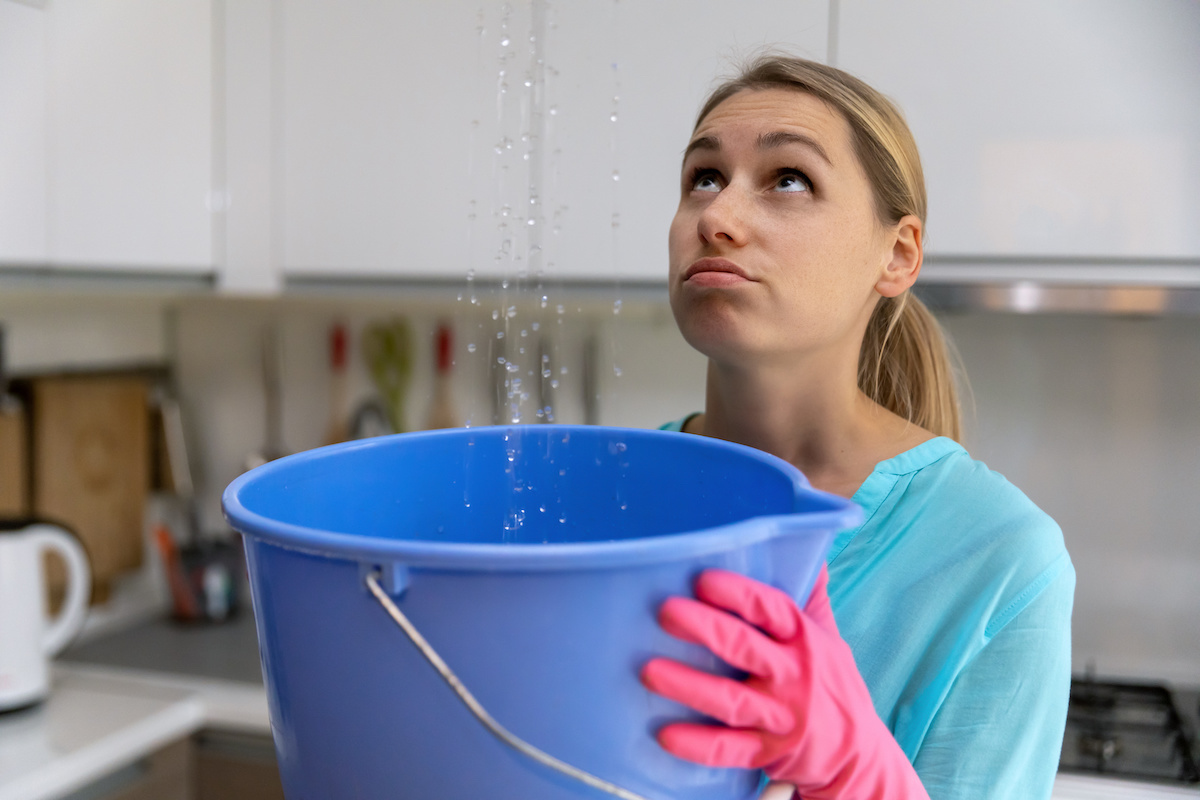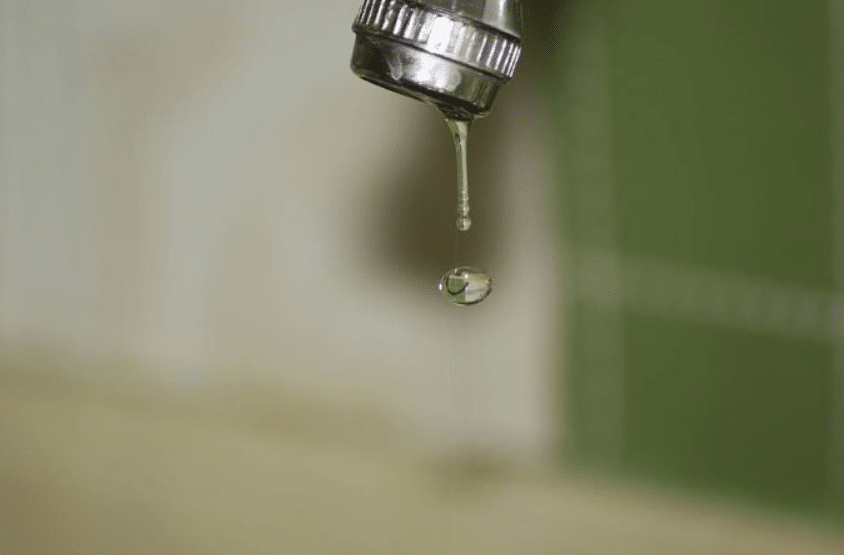Understanding Why Water Leaks Can Be So Frequent at Your House
Understanding Why Water Leaks Can Be So Frequent at Your House
Blog Article
We've stumbled upon this great article pertaining to How Fast Water Damage Can Ruin Your Home directly below on the net and accepted it made sense to talk about it with you over here.

Leakages not just create waste of water yet can also create unnecessary damages to your residence and promote undesirable natural development. Water leakages may go unnoticed because most of the pipework in our home is hidden. By understanding and looking for day-to-day situations that trigger leaks, you can protect your home from future leakages and also unneeded damage. Today, we will look at 6 leakage triggers that may be causing your pipes to trickle.
Trespassing origins
Most water leakages begin outside your house rather than inside it. If you see an abrupt reduction in water pressure, claim in your tap, take time to head out and examine your lawn. You might see wet spots or sinkholes in your lawn, and that may imply that tree roots are attacking water lines causing water to permeate out. You can have your plumber look for breach, particularly if you have trees or bushes near your home.
Corroded water systems
As time goes by, your plumbing system ages and deterioration such as rust may start gnawing the pipes. This might be the cause of discoloration or warping on your pipes. This calls for an evaluation with your plumber quickly. If our plumbing system is old, take into consideration replacing the pipelines because they are at a higher risk of corrosion than the newer designs.
Defective Pipe Joints
Pipeline joints can wear away over time, resulting in water leakages. If you have noisy pipes that make ticking or banging sounds, specifically when the warm water is transformed on, your pipeline joints are probably under a whole lot of pressure.
Instantaneous temperature level modifications.
Severe temperature level adjustments in our pipelines can trigger them to increase as well as get all of a sudden. This growth as well as contraction may cause cracks in the pipelines, specifically if the temperature level are below freezing. It would certainly be best if you watched on just how your plumbing functions. The presence of the formerly discussed situations often suggests a high risk.
Poor Water Connectors
At times, a leak can be triggered by loose tubes as well as pipelines that provide your devices. Most of the time, changing is what causes the loosened water Links. You may find in the case of a washing machine, a hose pipe might spring a leakage because of trembling during the spin cycle. In case of a water connections leak, you may notice water running directly from the supply line or pools around your devices.
Blocked Drains
Clogged drains might be bothersome and also inconveniencing, but they can occasionally wind up creating an overflow resulting in break pipelines. Maintain removing any materials that may drop your drains that could block them to prevent such troubles.
All the above are reasons for leakages however not all water leakages result from plumbing leaks; some leakages may come from roof covering leaks. All leaks must be fixed right away to prevent water damages.
Leakages not just create waste of water yet can also trigger unneeded damages to your residence and advertise undesirable organic development. By looking as well as comprehending for daily situations that trigger leaks, you can safeguard your home from future leaks as well as unneeded damages. Today, we will certainly look at six leak triggers that may be causing your pipes to drip.
At times, a leakage can be triggered by loosened pipes as well as pipelines that supply your appliances. In case of a water connections leak, you may see water running straight from the supply line or pools around your home appliances.
How To Check For Water Leak In Your Home
How To Check for Leaks
The average household's leaks can account for nearly 10,000 gallons of water wasted every year and ten percent of homes have leaks that waste 90 gallons or more per day. Common types of leaks found in the home are worn toilet flappers, dripping faucets, and other leaking valves. These types of leaks are often easy to fix, requiring only a few tools and hardware that can pay for themselves in water savings. Fixing easily corrected household water leaks can save homeowners about 10 percent on their water bills.
To check for leaks in your home, you first need to determine whether you're wasting water and then identify the source of the leak. Here are some tips for finding leaks:
Take a look at your water usage during a colder month, such as January or February. If a family of four exceeds 12,000 gallons per month, there are serious leaks.
Check your water meter before and after a two-hour period when no water is being used. If the meter changes at all, you probably have a leak.
Identify toilet leaks by placing a drop of food coloring in the toilet tank. If any color shows up in the bowl after 10 minutes, you have a leak. (Be sure to flush immediately after the experiment to avoid staining the tank.)
Examine faucet gaskets and pipe fittings for any water on the outside of the pipe to check for surface leaks.
Undetected water leaks can happen without the home or business owner even realizing. If you suspect a water leak, but not able to find the source. It is time to contact a professional water leak detection service, The Leak Doctor.
How To Find a Water Leak In Your Home
https://www.leakdoctor.com/blog/How-To-Check-For-Water-Leak-In-Your-Home_AE197.html

As a fervent reader on Common Water Leaks In House, I thought sharing that section was a smart idea. You should take the time to promote this page if you liked it. I praise you for your time. Please visit our site back soon.
Request plumbing analysis. Report this page